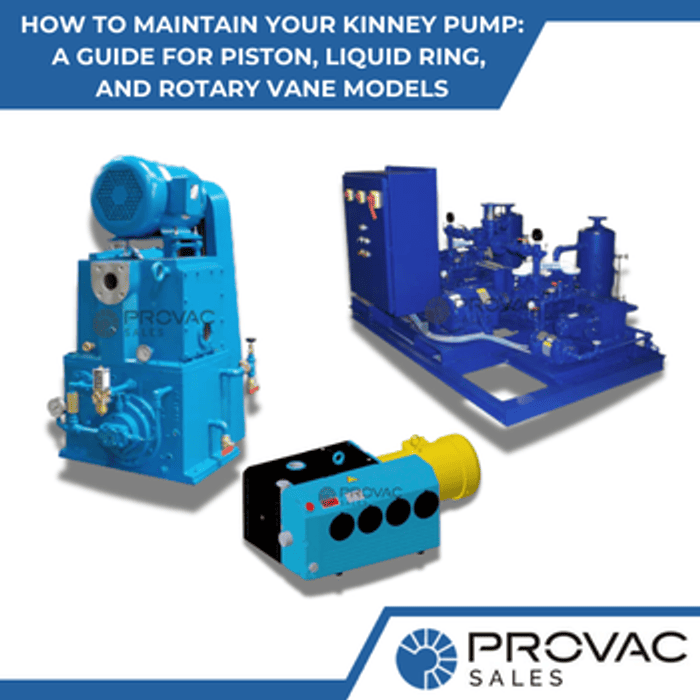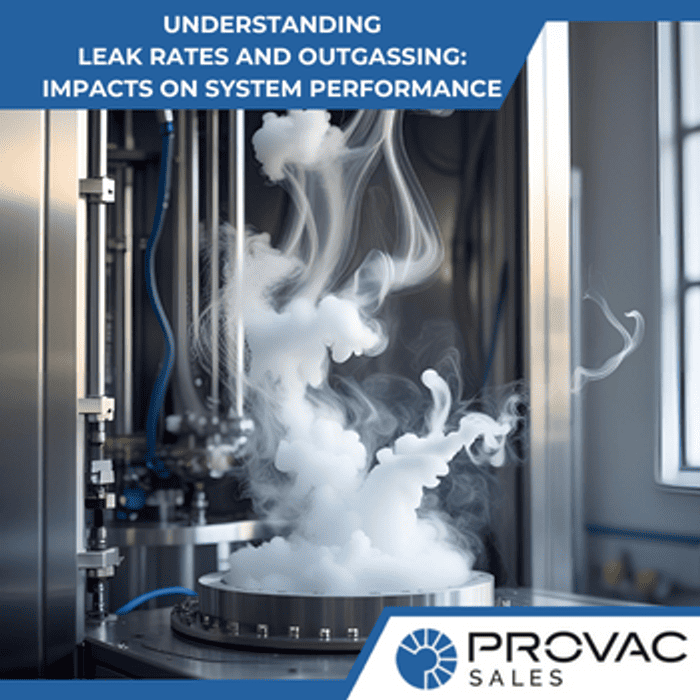The International Space Station is home to several experiments that require the use of vacuum pumps. These pumps help scientists carry out experiments that may not be possible in Earth's atmosphere. NASA engineers have developed an experimental system that uses spacewalks to replace failed pumps and install new ones. This system also provides cooling for the space station, allowing astronauts to stay at the station longer.
One experiment being performed on board the ISS involves a vacuum pump to sample airborne particles. Scientists from NASA's Glenn Research Center in Ohio sent equipment to the ISS for testing. The ISS is one of the few places in the world where the vacuum is as great as the one found in the atmosphere. A typical vacuum system will require at least 18 pumps to reach the desired level. The system can make three flights in a single day.
Scientists on the ISS have a routine checklist of maintenance procedures that they follow to keep the station running smoothly. They check their life support systems daily and perform regular cleaning and software updates. The ISS vacuum pump system is a significant step forward for the human race, including a research study of 11 astronauts where some serious health risks associated with space flight were discovered.
Another vital part of the ISS is the experiment racks. Researchers must have access to these to complete the experiment. If a pump fails, scientists must replace it immediately to avoid any delays or complications. The ISS's ExPRESS experiment rack system provides support for research experiments on board the station. In the case of an ISS malfunction, astronauts can safely replace a failed pump using robotic arms.
NASA scientists struggle to separate mixtures that require a vacuum. The crew of the ISS needs a continuous supply of pure water to survive. Vacuum pumps provide them with this supply, while the liquid cooling system keeps them cool. Since the ISS is so fragile, the crew also requires high-quality air.
The ISS is a significant component of NASA's mission to keep Earth habitable. Its scientists use these pumps to carry out experiments, determining whether life in space is beneficial to humans. Ultimately, it helps them determine how the environment affects humans. These tests help NASA develop new technologies that will be useful on future missions to Mars.
The airlock that houses the vacuum pump is called a Bishop. It attaches to an available port on the outside of the ISS. The clamps latch onto the port and ensure an airtight seal. Once installed, astronauts can access the airlock and store their payloads inside. These pumps could also be used to store tools during spacewalks outside the ISS. The Bishop will provide astronauts with the tools they need during these journeys.
The ISS is an orbiting laboratory consisting of constructional trusses, pressurized habitation modules, and thermal radiators. The ISS was set afloat by Russian rockets and American Space Shuttles, and it continues to receive services from visiting spacecraft. One such spacecraft is the SpaceX Dragon 2. It is a commercial airlock that will provide critical systems on the ISS. Its use is essential for the station's experiments.
The sound levels of the ISS are high. Because of this, astronauts are exposed to high noise levels twenty-four hours a day, seven days a week. Noise levels can interfere with sleep, communication, and audibility. Therefore, the ISS engineers are working on acoustic controls to reduce noise levels. A study conducted by NASA and the Acoustics Subgroup suggests that noise levels be monitored on-orbit.
Vacuum technology has come a long way in facilitating space research and discoveries. Space agencies and other associated partners, including the ISS, utilize vacuum and vacuum equipment to test for viable solutions for humans in space conditions. They test what materials and equipment can withstand extreme conditions in space, and tailor-make solutions after discoveries. The ISS has provided a viable platform for the experimentation of vacuum pumps in actual space rather than an earth-simulated environment.
All the research units aboard the ISS have facilities that are tailored to support high vacuum or even ultra-high vacuum levels. To enable this, a range of vacuum products, including backing pump and turbo pump systems, are at play. This includes turbo pumps from the Pfeiffer ATH and HiPace series, as well as rotary vane pumps acquired from DuoLine. Aldo, corrosion protection, and magnetic bearings are essential features for vacuum pumps. The turbo pumps have a prolonged shelf life which helps in the experiments. Other vacuum integral vacuum components include corrugated hoses, vacuum gauges, connecting elements, and seals.





